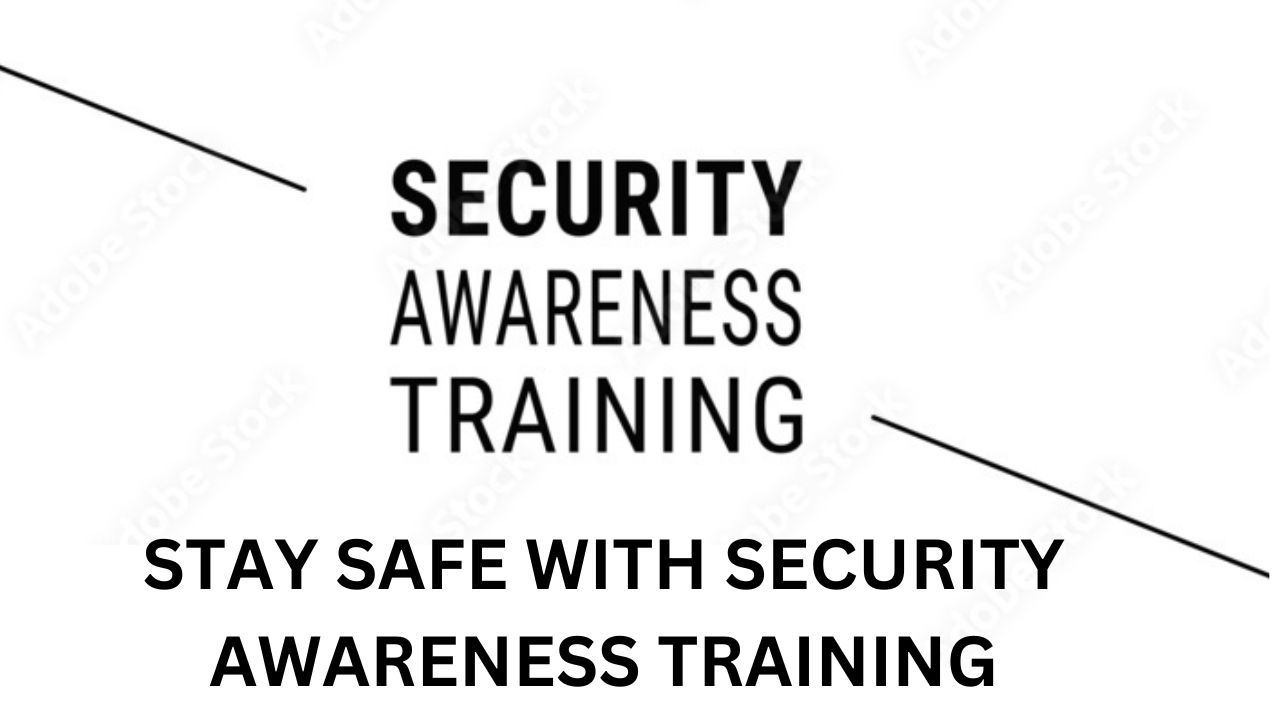
Strengthening Trust-IT’s Cybersecurity with Security Awareness Training
Security awareness training is a crucial aspect of maintaining a secure and resilient cybersecurity posture in any organization, including Trust-IT.

To ensure the protection of sensitive data, safeguard against cyber threats, and promote a culture of security awareness among employees, Trust-IT Company can implement the following security awareness training program:
1. Identifying Training Objectives:
- Define the specific objectives of the security awareness training program tailored to the Company’s needs.
- Identify the key areas of concern, such as data protection, phishing awareness, password security, and safe browsing.
2. Creating Customized Training Content:
- Develop customized training materials, including presentations, videos, and written resources, that address the identified objectives.
- Ensure that the training content is relevant to the company’s industry and specific security challenges.
3. Phishing Simulations:
- Conduct phishing simulation exercises to test employees’ ability to recognize and report phishing attempts.
- Provide feedback and additional training to individuals who fall victim to simulated phishing attacks.
4. Interactive Workshops and Webinars:
- Organize interactive workshops and webinars to engage employees actively in security discussions.
- Encourage questions and discussions about real-world security scenarios.
5. Regular Updates:
- Keep the training content up to date to reflect the evolving threat landscape and new cybersecurity risks.
- Ensure that employees are aware of the latest security threats and best practices.
6. Role-Based Training:
- Tailor training modules based on employees’ roles within the organization.
- Provide specialized training for IT staff, managers, and employees handling sensitive data.
7. Reporting and Monitoring:
- Implement reporting mechanisms to track employees’ progress in completing security awareness training.
- Monitor the effectiveness of the program through metrics such as reduced incidents of security breaches.
8. Encourage Reporting:
- Promote a culture of reporting security incidents and concerns without fear of reprisal.
- Establish clear communication channels for reporting potential threats or vulnerabilities.
9. Recognition and Rewards:
- Recognize and reward employees who actively contribute to improving the company’s security posture.
- Use positive reinforcement to motivate employees to stay vigilant.
10. Compliance with Regulations: – Ensure that the security awareness training program aligns with industry regulations and compliance requirements, such as GDPR or HIPAA, if applicable.
11. Continuous Learning: – Emphasize that cybersecurity is an ongoing process, and employees should continuously educate themselves about emerging threats and best practices.
12. Feedback Mechanisms: – Create feedback mechanisms for employees to provide suggestions and insights into improving the training program.
By implementing a comprehensive security awareness training program, Trust-IT Company can empower its employees to become the first line of defense against cyber threats and contribute significantly to the overall security of the organization.
